Edit 7/15/2015: This 1988 320is was relisted due to non-payment from the high-bidder!
This past weekend, Hagerty sent me a lovely email announcing the five cars that I should have bought when they were cheap. It should come as no surprise that the BMW E30 M3 was amongst them. Long considered the throw-away of the M lineup, their meteoric rise towards the top of the German collector car market has been pretty well documented. One of the lesser known aspects, though, is that combined with the Porsche 911 and a few other select cars, these market leaders have redefined the market in its entirety. Now all 1980s cars in good condition have been on the rise; we’ve seen $15,000 Volkswagen GTis and Audi 4000 quattros, mid 20s for good 944 Turbos and the R107 SLs have been the latest to surge upwards. So while I can gripe that the market is overpriced, it would seem that for the foreseeable future, the market is going to be high on these cars. How high? Hagerty now puts a condition 1-2 M3 between $45,000 and $70,000. We’ve seen even more for special editions. So, the clever and budget-minded enthusiast needs to look towards lesser known but equal provenance vehicles. Obscurity is your friend here, and the base 320is fades into the background of E30s perfectly. Outwardly, there’s nothing to hint that this is anything more than a stripped base-model 3-series. But as you can tell from the picture with the hood raised, the truth is far from that. That’s because the 320is was effectively a budget M3 underneath, perhaps in the most fitting tribute to the famous World War 1 “Q-Ships” the Germans have been able to produce. It is a truly special car, and this is a special example.
We often speak of sleepers on these pages, but in truth none of the cars we typically cover are truly sleepers. Cars like the E28 M5, 500E and Audi S4 all sported bigger wheels, special badges and fatter exhaust. Often you see flared fenders, special lights and in most cases you can see the lowered stance hinting at a stiffened suspension. Inside are special and unique interiors with heavy bolsters, badges and enough electronic gizmos to make a Brookstone blush. Sure, they generally wear the same clothes as a German airport taxi, but honestly unless you’re blind not going to mistake them for anything picking you up outside Frankfurt Flughafen. But there are some serious sleepers available if you like discrete performance and complete anonymity. I’d argue that likely the best is this particular car – the BMW 320is:
CLICK FOR DETAILS: 1988 BMW 320is on eBay
Year: 1988
Model: 320is
Engine: 2.0 liter inline-4
Transmission: 5-speed manual
Mileage: 88,864 mi
Price: $26,500 Buy It Now
For sale is one of the 1250 “Italian M3s” built exclusively for the Italian and Portuguese markets. It has a 2 liter version of the M3 S-14 engine that produces only 3 less horsepower but weighs 242 pounds less than an M3, so the power is much better. The weight also makes it much more nimble and brake better than an M3. There were 19,000 E30 M3s but only 1250 of these four door S-14s. The B pillar makes the 4 door versions more rigid than the coupes. This 320is was purchased in Lake Como from a collector and has been imported and titled in Nevada. The engine is in a great state of tune. The brakes are firm. The euro, close-ratio, dogleg gearbox is tight and well spaced. The clutch is smooth and has a lot of life in it. The paint is excellent. The interior is very good, with the exception of some bubbling of the plastic under the brake handle and wear on the top of the rear seat (pictured). The fog-lamps have been replaced by vents, and the transmission and engine mounts are firmer than stock. The radio has been replaced by a cluster of additional instrumentation.
There are only a few of these Italian M3s in the United States and the last couple have sold for well over $30,000.
Below is more information on the “Italian M3.”
There once was a King named Faisal, who ruled a sea of sand atop a sea of oil. In 1973 he funded a pincer attack on Israel during Yom Kippur. It was a blitzkrieg success for three days, but then Israel, with the help of the West, counterattacked to victory. The king, furious in his humiliation, put both hands around our pipeline and chocked the economy–until we were thumbing open 12 percent mortgage bills while waiting in alternate-day gas lines. The United States responded with an economical 55 mph speed limit. The Italians and Portuguese applied a shirk ray of taxation on engines larger than 2 liters, in an attempt to get them in symmetry with their oil supply.
BMW had a problem. Luigis were walking into Milanese BMW dealerships with $45,000 looking for an M3, but stormed out yelling, “nessuno mi lufungulo’†after hearing that they would have to pay an additional $9000 in tax because it was .3 liters over the limit.
Most of the time, when Eurocrats spew mercantilist goo, it gums up the works. But every once in a while, the strange distortive effects of regulation shart a hope diamond, or a four-door S14 that weighs 242 pounds less than an M3.
BMW went to Paul Rosche, who designed all the early Motorsport engines and asked him to de-stroke his S14 engine from the M3 to down to 2 liters. Rosche shortened the crank (72.6 vs 84), lengthened the rods, and fitted headers from a rally car, which resulted in an engine that only makes 3 horsepower less than the 2.3 (192 vs 195) and 15 fewer ft/lb of torque (155 vs 170). They connected it to a shorter differential (3.46 vs 3.25), so it would accelerate harder, and only offered it with a dogleg, close-ratio gearbox, to better keep it in it’s rev range. It was fitted with individual throttle plates, machined intake and exhaust ports, and a crankshaft with eight counterweights.
The genius move was dropping the S14 it into the lightest E30 chassis they could find.The US M3 was 2865 pounds and the 320is was only 2623 pounds. So the 320is weighs an astonishing 242 pounds less. This means that the 320is has 7.3 percent better power to weight and suffers only a de minimis 0.4 percent drop in torque to weight. This weight difference is about the same as between a Porsche 964 and 964RS, making the 320is the most Rennsport version of the E30.
When the German car magazine Auto Motor Und Sport tested the 320is against the M3 they wrote, “The bigger engine actually has less power in the lower rpm range. A fourth gear run from 40 to 100 kph took the M3 13.6 seconds but the 320is only took 12.8.†They said the 2 liter engine revved more smoothly and finished the article by writing, “Less is indeed more.â€
The 320is is not just more powerful. Removing 242 pounds of weight doesn’t just improve the power, it improves every dynamic ability. The Italian M3 handles and stops better than an M3. This is even more important to the character of the Italian M3 than it’s superior power. The car changes direction as if you were blowing on a feather. That lightweight, hand-built S14 is humping the firewall, leaving a huge gap to the radiator, like somebody made a mistake. This moves the center of mass inward, like an ice skater pulling in their extremities to accelerate the spin into a blur.
Or as Auto Motor Und Sport wrote, “The 320is reacts to the slightest steering action more willing than the M3, appears to be handling better, but also demands more attention from its driver than the good-natured and understeering M3.â€
photo 1.PNG
photo 2.PNG
photo 3.PNG
photo 4.PNG
photo 1-1.PNG
photo 2-1.PNG
photo 3-1.PNGBMW World Magazine tested the 320is against an EVO2 M3 and came away saying, “It’s the 320is I’d take home.â€
Well, you certainly get plenty of information and an interesting history lesson which I can appreciate from the seller. As I teach history, making connections between events and their consequences is one of my favorite lesson plans; the link that follows the birth of the 320is is certainly interesting. What’s unique about the 320is 4-doors, though – especially the early models – is the general lack of anything special. Later cars, and the two-doors, were differentiated with upgrades to the body and wheels, but the early 4-doors just look like the base E30s they are. Bench seats, manual windows, plain alloys, standard suspension – it’s only a small spoiler that helps to give away any potential sporting intentions. Walking by this car, 9.5 out of 10 enthusiasts (including the supposed E30 faithful) would pass it completely by without likely a second look. Sure, it’s a clean, base model E30 – one of hundreds of thousands that were made. But with 190 high-revving horsepower on tap, this stripped E30 should be able to stick with most other E30 products with no issue even though it won’t turn many heads. The seller goes to length to show some of the condition issues, and they’re all quite minor – this is one clean example of any E30. The asking price in the mid 20s might sound high for a car which doesn’t sport a M badge outside, but comparable models include the original Alpina and Hartges that I’ve written up recently, and it’s considerably less money than a similar condition M3. Additionally, it’s even more rare than the esteemed M3s. Plus, there’s the added bonus that so few actually know what it is. Pricing on these Motorsport motored E30s is, in some cases, even greater than average quality M3s, with a few examples demanding over $30,000. There was a point where driving something like the M5 or 500E was like having a secret weapon no one knew about, but the early 4-door 320is? That’s still the most stealthy of the sleepers. BMW may have set out to skirt a tax law with the creation of the 320is, but they unintentionally created my favorite E30 in the process.
-Carter
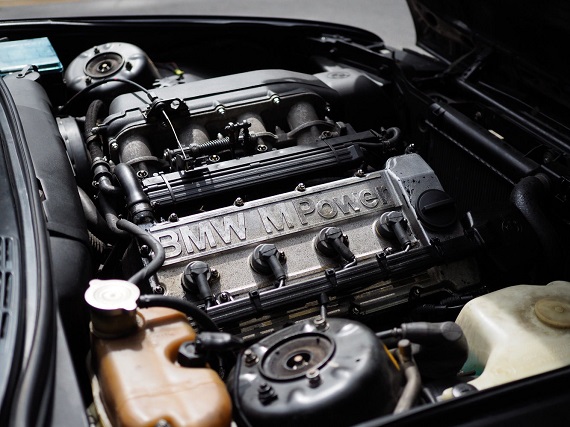
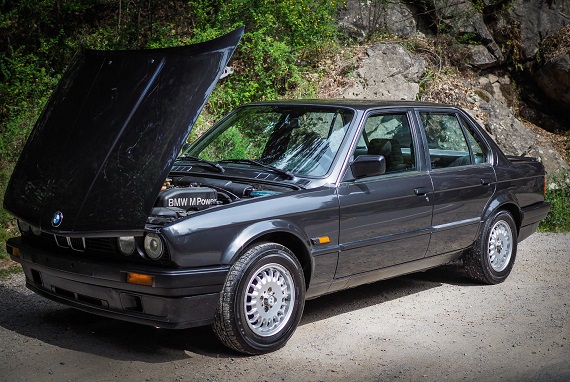
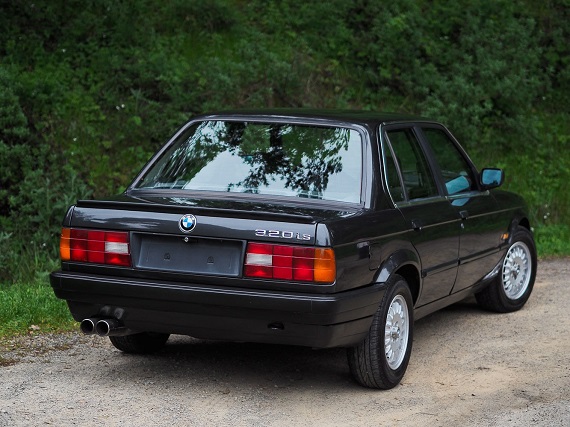
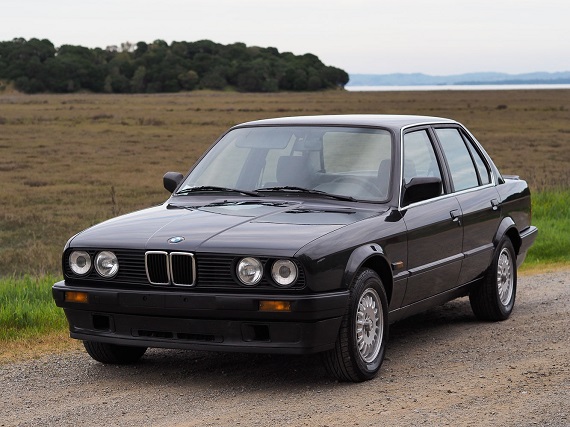

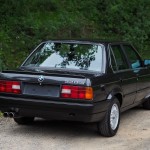


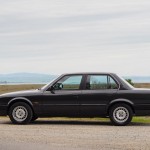
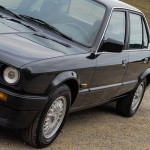
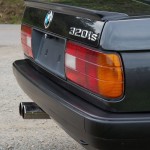
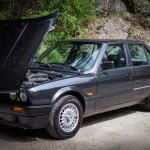


@ Carter
For the past couple of years your opinion has been that the rare 80’s and early 90’s cars have been overpriced, and yet you have missed out on all of them as they increased in value and are still stuck on the Audi Quattro that has gone nowhere significant.
Feel and smell the market trend and get over the Audi Quattro….
Given BMW’s modern day propensity to stick M badges on absolutely any model they make (at suggestion of the marketing dept— perhaps M means marketing and not motorsport), it’s fantastic to see an actual Motorsport powered car with no M badging at all.
When I think about cars that on the rise, one that stands out in my mind this year is that 1984 Audi Sport Quattro that went for $401,500 at RM back in January of this year.
The Audi “Sport” Quattro is probably the only production Audi that went somewhere in value. That is not the case with any other Quattros.
Audemars,
This is off-topic, but your information is incorrect and out of date. Both the late run MB 10V Quattros and the 20V RR Quattros have been trading hands at or above E30 M3 prices. 86-88 cars are trading between $30,000 and $40,000, with RRs typically asking between $50,000 and $70,000 depending on condition. Perhaps you should consider adding a low mileage one to your fleet, as they’re appreciating as quickly as anything else in the market!
I really like these Italian M3s. I remember reading about them in the 90s in BMW Car and Total BMW magazines. I’m happy to see a few have finally made it to the US although for $26k I would go for an M635 or early M5. I love the poverty spec but it needs sport seats.
@ Carter
Although not available in the US, the Audi I would add would be the RS2 🙂
And if it would be available, missed the boat to have capital appreciation on that one 🙁
considering the values of driving machines demeans the intent of the manics that brought these beasts to light… misguided, and i mean this, individuals such as say, audemars and a few others seem bent on being the smart kids while bemoaning the lack of foresight of others too achieve ownership of the last available trinket vehicle… shame and woe… the phrase “capital appreciation” says it all… like the early 1950s hot rodders blowing by the jags and big block healys out in the canyons, think “old yellar” with their v8 power and light weight cobbled together rides… not much collector value but could slide around a corner and rage off into the distance for very little cash invested…
you can build an audi URquattro coupe, lwb not the swb sport variant, swb is a twitchy horror on the road… 2bennett makes a carbon fiber body kit and does wonderful work of the rest for under say $60,000. out the door and it will eat up and spit out anything south of $300,000. on the road…
collect scalps and burn miles…